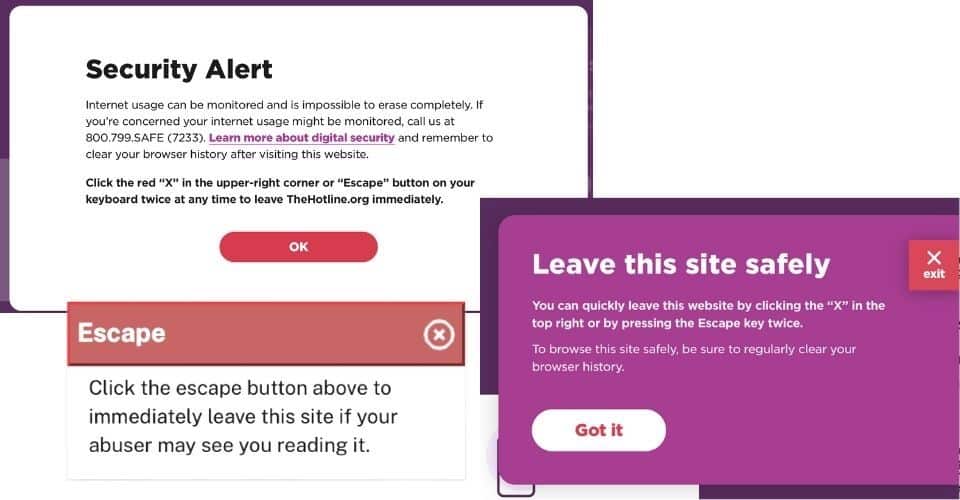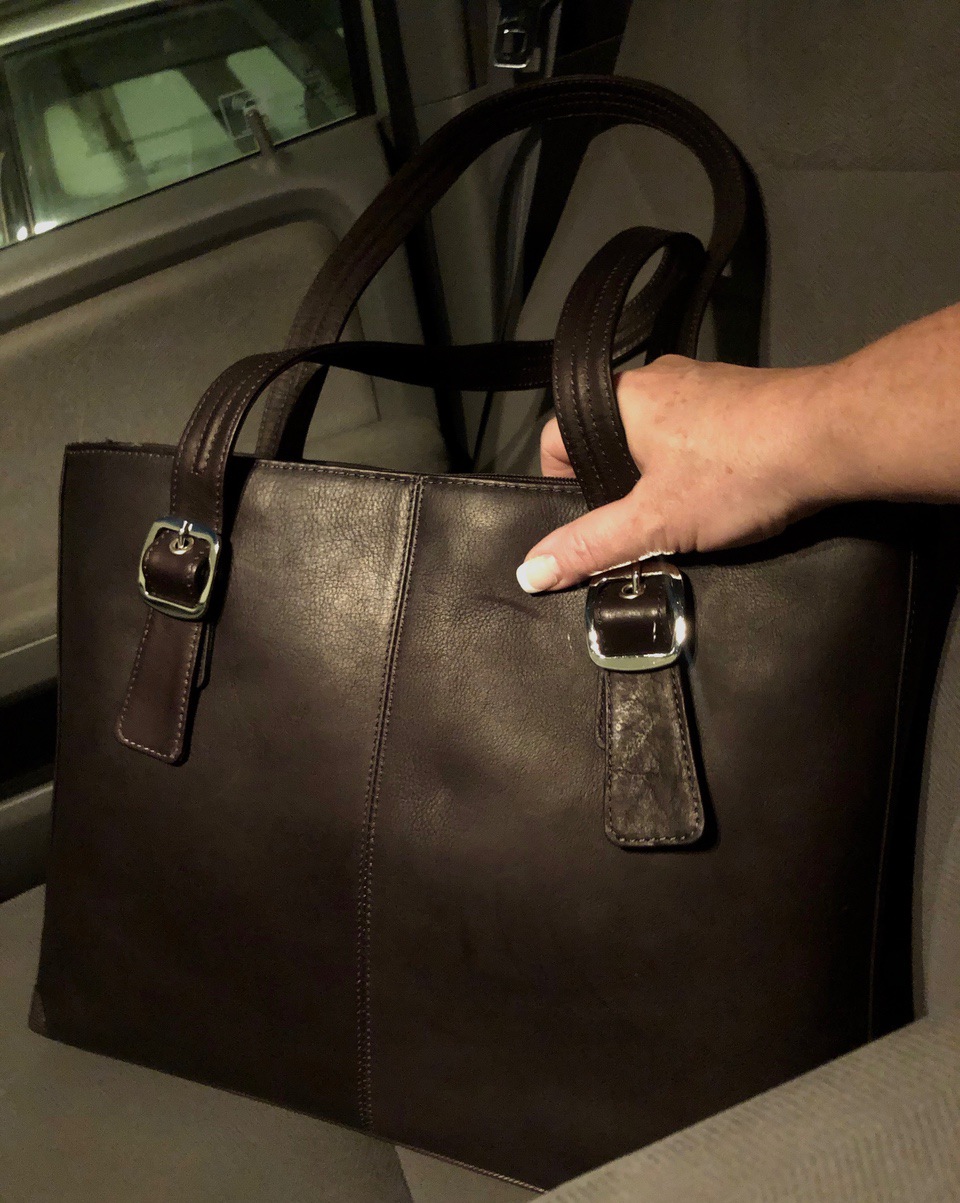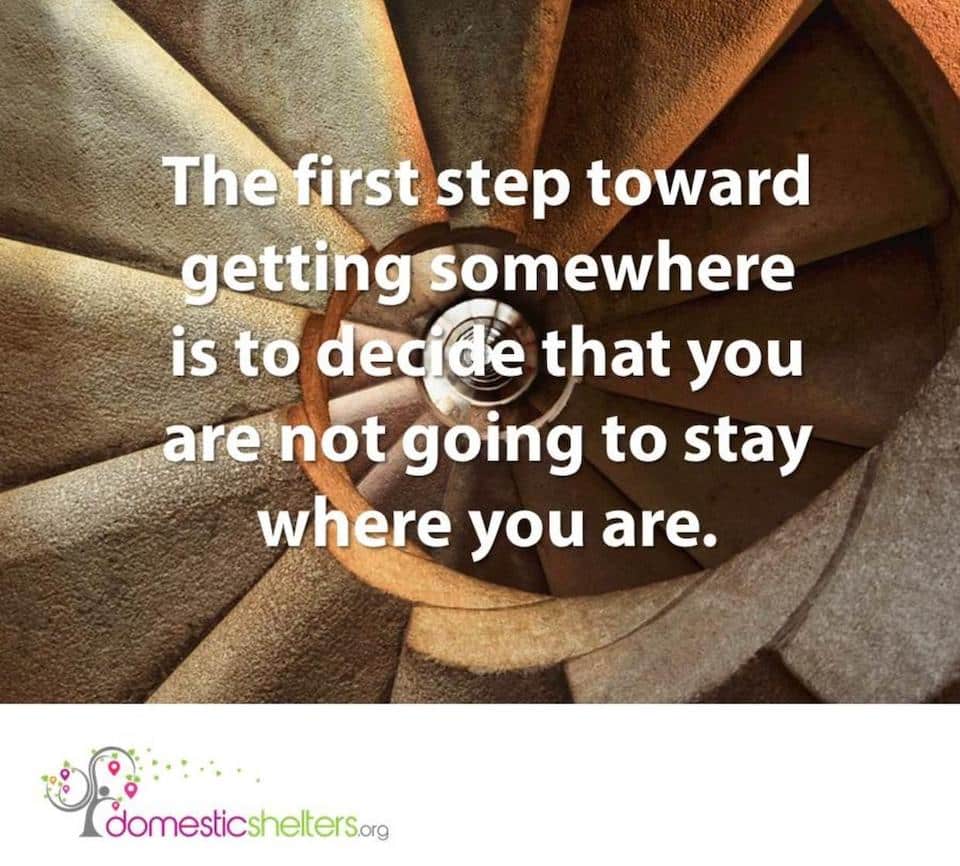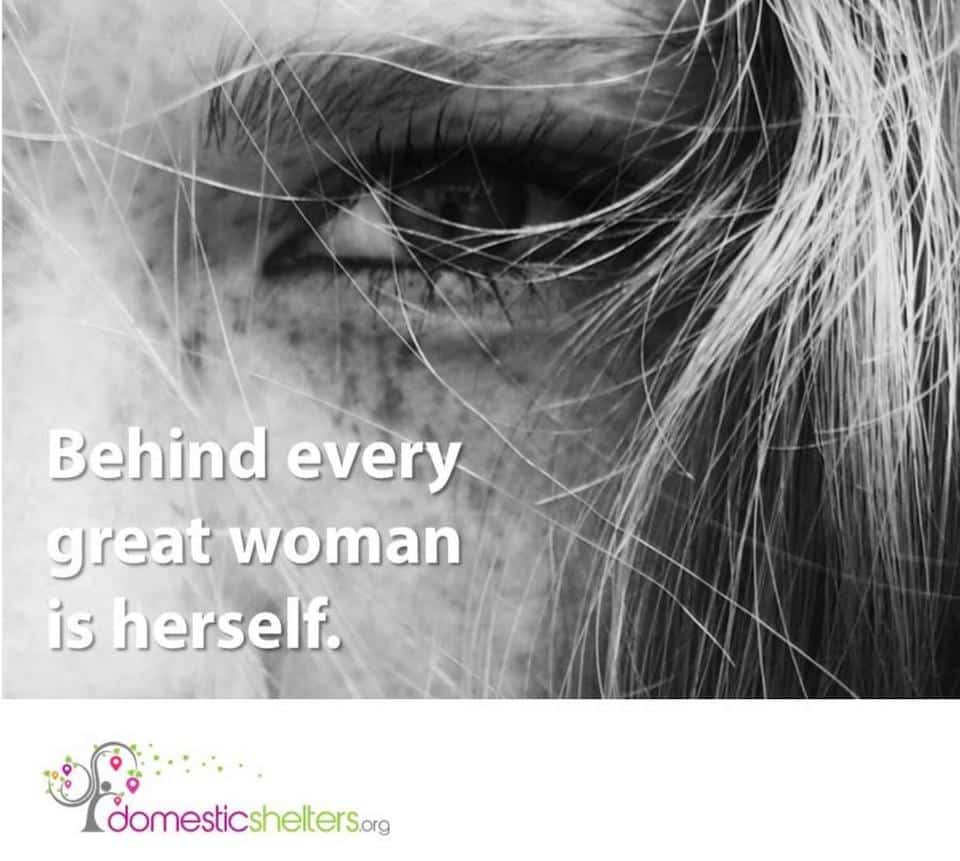If you (or someone you know) are living in an abusive relationship, it may be difficult to seek help. Often, abusers have problems with boundaries and closely monitor a victim’s phone and computer. In this third part of my domestic abuse series, sponsored by GTM Original, I offer resources and tips for finding help and making a safety plan.
Sponsored by GTM Original
Researching information about domestic abuse on a personal computer may put a victim in more danger if the abuser finds out. In order to protect yourself, consider the following reminders from the National Domestic Violence Hotline:

When using a computer to research domestic abuse, keep in mind information is stored from all websites you visit. Avoid using a computer shared with the abuser. Consider going to a library or an Internet cafe, using a computer at work or even going to a friend’s or family member’s home to borrow their devices. If you must use a computer at home, clear all browser history after visiting websites that may contain content you don’t want seen. Find more information on digital safety, at the National Domestic Violence Hotline.

A safety plan is a set of actions that may help lower your risk of being hurt by your partner. It includes information specific to your lifestyle that will increase your safety at school, home and other places that you visit on a daily basis. The National Domestic Violence Hotline website has an interactive safety planning tool to create a safety plan tailored to your situation. Once completed, you can print the plan, have it sent to an email with a link (that will be active for 24 hours) or just read it online. Also, many hotel clerks are trained to recognize a person in distress. If you find yourself in a situation where you need to seek shelter at a hotel, they may offer to let you in a room immediately upon your arrival.

Consider what items you may need when you leave. Keep this bag in a place where your abuser cannot find it, such as a friend’s or neighbor’s house. Also, hide an extra set of car keys somewhere that you can easily access. Here is a list from DomesticShelters.org to consider depending on your situation:

Although it may be difficult to tell someone what you are going through, speaking up can help. Talk to a trusted friend, family member or even a counselor about what you are experiencing. If possible, spend time with people who support you and may help you put things into perspective.

National Domestic Violence Hotline — This 24/7 hotline provides confidential assistance to anyone experiencing domestic violence or questioning whether or not they are in an abusive relationship. Online chat with trained advocates is also available through the website.
1-800-799-SAFE (7233) or text “LOVEIS” to 22522
DomesticShelters.org — An all-inclusive website with a blog, videos, resources and more. I highly recommend this site.
Office on Women’s Health — Offers resource and programs in each state for women who experienced abuse. It also has a fact sheet with bulleted information including safety.
WomensLaw.org — Serves all survivors, regardless of gender. An email hotline provides legal information to anyone who reaches out with legal questions or concerns regarding domestic violence, sexual violence, or any other topic covered on WomensLaw.org.

The final part of this domestic abuse series will contain resources and information for reclaiming your life.
Understanding and Identifying Domestic Abuse
Mental and Emotional Abuse: It’s Not Always Physical
Michelle Cerino, aka Princess Gunslinger, first entered the firearms industry in 2011 as co-owner, president and trainer at a national training company. She immediately began competing in both 3-Gun and NRA Action Pistol, becoming a sponsored shooter. Michelle is currently a columnist and Managing Editor of Women’s Outdoor News, as well as owner of Pervenio LLC. She also manages social media for Vera Koo and FASTER Saves Lives. Michelle encourages others to step out of the comforts of home and explore. View all posts by Michelle Cerino